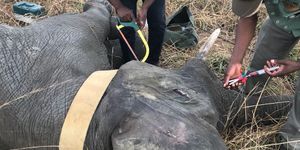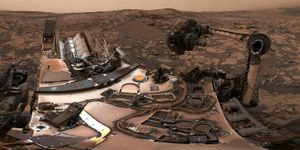The End of NASA's Dawn Mission is Rapidly Approaching
NASA’s Dawn spacecraft ventured away from Earth to study other bodies in the Solar System 11 years ago; that’s three years longer than anyone ever envisioned. During its investigations, scientists learned much about two of the largest objects in the Asteroid Belt: Ceres and Vesta.
The spacecraft personally visited each of these bodies, breaking free of the orbit of one to attend the next. In doing so, scientists grabbed unprecedented photographs and chemical analyses concerning the objects, which are believed to be relics of the early Solar System.
Despite what has been an incredible mission for space exploration thus far, Dawn is running out of hydrazine fuel, the propellant that allows the spacecraft to orient itself for proper communication with Earth.
NASA estimates that Dawn will use the last of its fuel by the end of 2018. At that time, the mission will end, and the spacecraft will no longer transmit signals to scientists on Earth.
For the scientists that made Dawn possible, the moment will be humbling, if not a bit melancholy.








